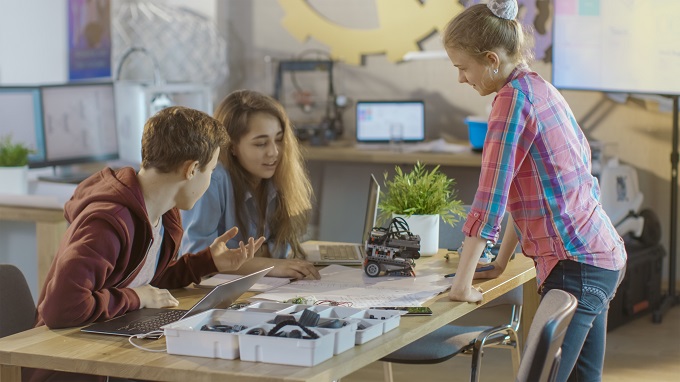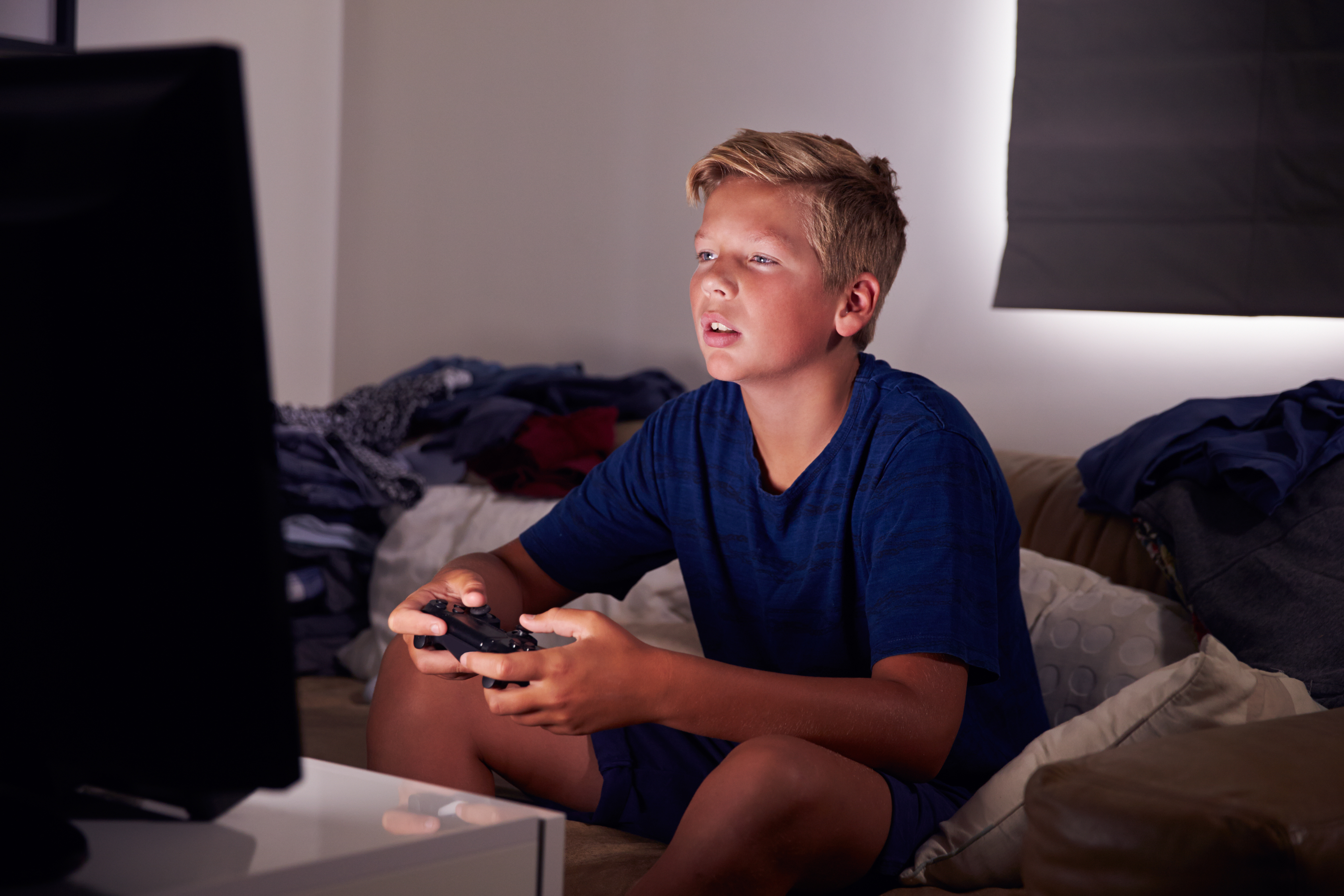Aspirations, parent education and convenience factors in school selection

Australian Institute of Family Studies (AIFS) Director, Anne Hollonds said the data from the Longitudinal Study of Australian Children examined the key factors in parents’ decisions about the type of primary school their child would attend.
The study – involving 8,000 families – looked at how school choice was affected by parents’ education, household income and their educational aspirations for children, as well as why some families later decided to switch schools.
“Government schools are still the major provider of primary school education in Australia, followed by 19 percent of school children who attend Catholic primary schools and 12 percent who attend independent schools,” she said.
“However, the question of which school is best for their child is becoming increasingly significant to Australian parents and mothers, in particular, tend to do a lot of research into the school community, its reputation, academic performance and the affordability of fees.
“Overall, our research showed that the most commonly cited reasons for choosing a particular school were the convenience of its location to family, whether other family members were attending, its academic quality and its philosophical or religious focus.”
Australian Institute of Family Studies (AIFS)’ Research Fellow, Diana Warren said the reasons behind school choice varied significantly depending on whether parents opted to send their child to a government or an independent school.
“Among children attending a government school, the most common reasons for the parents’ choice were convenience for the family and whether other family members were at the school,” she said.
“For children whose parents chose an independent school, academic results were most commonly cited as the motivating factor behind that decision, followed by the school’s religious values.
“Children whose parents’ combined income was in the top quarter were more than twice as likely to attend an independent school, compared to children whose parents’ income was in the middle to upper middle range.
“Parents’ education levels were also linked to school choice. Among children whose mother had a degree qualification, 42 percent attended a non-government school, compared to 25 percent of children whose mothers did not complete year 12.
“Parents educational expectations for their child were another factor, with 18 percent of children whose parents expected them to obtain postgraduate qualifications sent to an independent school, compared to 6 percent of parents who didn’t expect their child to obtain a university degree.
“For many parents, academic results matter but other factors are also important. For parents who choose a Catholic or independent school, religious values are more important, while others make the choice simply for reasons of convenience or family reasons.”
Ms Warren said that the research also examined parents’ reasons for changing primary schools and cross-matched findings with MySchool data, which provides parents with information about schools’ NAPLAN performance and levels of community advantage.
 “Around 16 percent of children who were in year one at age six to seven had changed schools by age eight to nine. For half of these families, the main reason was a residential move but it’s likely that some families made the move in other to live in a better area, with better schools and better learning opportunities.
“Around 16 percent of children who were in year one at age six to seven had changed schools by age eight to nine. For half of these families, the main reason was a residential move but it’s likely that some families made the move in other to live in a better area, with better schools and better learning opportunities.
“The most common type of transition was from one government school to another which involved 60 percent of children, while ten percent moved from a government to an independent school, seven percent from one Catholic school to another and five between independent schools.
Ms Warren said that parents’ attempts to switch schools in pursuit of stronger educational opportunities produced mixed results.
“Of those children who changed schools for better learning opportunities, almost 60 percent had moved to a school with an average NAPLAN score at least half a standard deviation higher than that of their previous school,” she said.
“But for those who simply changed addresses, only 44 percent had moved to a higher performing school, while almost 30 percent had moved to a school with a lower level of academic performance.
“For parents who place a high value on a schools’ academic achievement, information on the MySchool website may influence their choice of schools. However, most parents who are weighing up the costs and benefits of various schools take more than the Naplan scores into account.”







